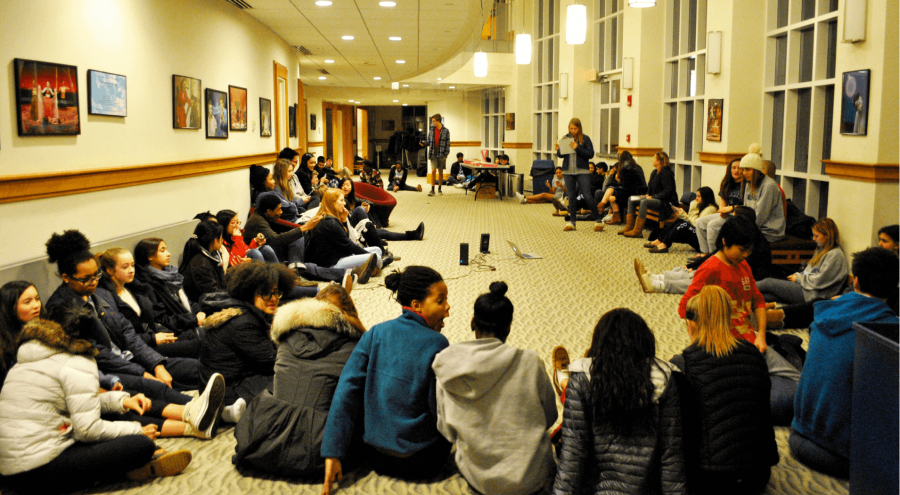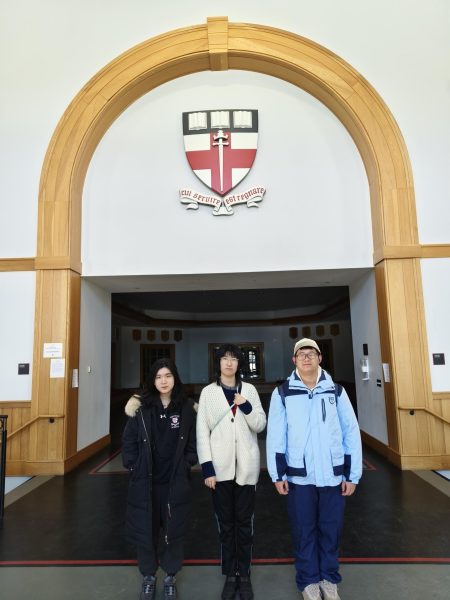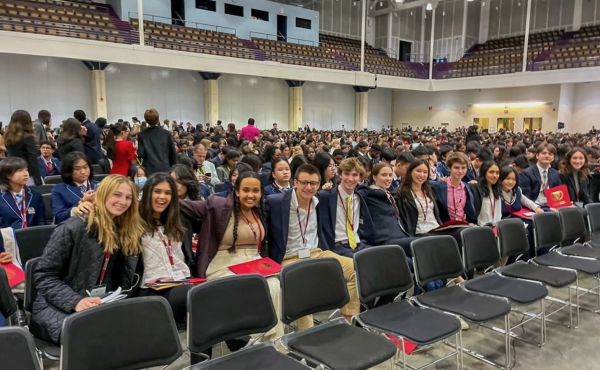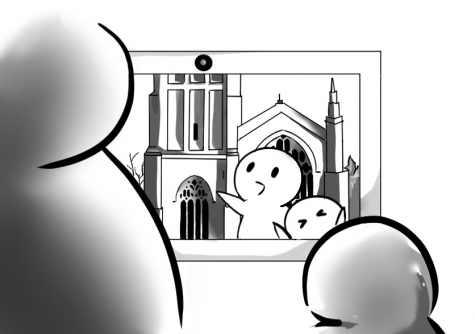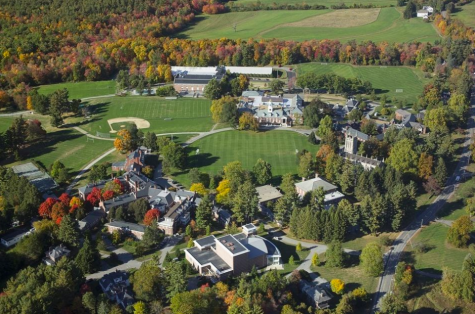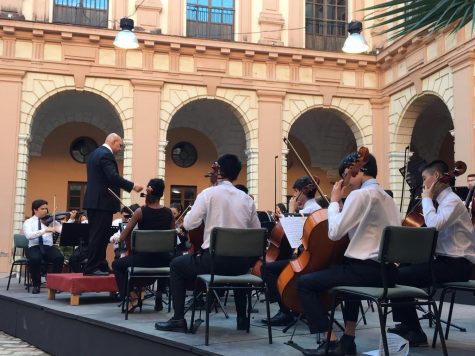The Chapel Conundrum
Spike in Sangha Enrollment Raises Questions
The drastic increase in the number of students attending Sangha have led people to wonder what has caused the shift.
The numbers don’t lie: this year is the first where sangha attendance has surpassed that of chapel, and no one is quite sure why. According to registration sheets, the number of students attending the Buddhist sangha service has increased more than 300 percent in the past three years from 34 to 104. Meanwhile, chapel attendance is at a historic low; only five Second Formers, for example, attend the service this year. What gives?
Part of this shift may be due to the new process for selecting a religious commitment. Previously, new students were enrolled in chapel by default–those who wanted to switch had to converse with their advisor and parents. This year, new students were given a month to experience the different services before settling into one for the year. The theory, according to Chaplain Danielle Tumminio, is to allow spiritually-unsure students to try the different services offered and find the one that bests addresses them personally.
This new registration format may have had a role in exposing students to new services, including sangha, but does not explain why they chose to switch. In order to determine this, a survey was conducted of 73 sangha participants asking their principle reason for attendance. Of these, only 10 percent reported that their primary reason for attendance was interest in or adherence to Buddhism. 30 percent said that their choice to attend was based on a perception of a more relaxed atmosphere. The other most common responses were lack of religious belief (20 percent) and stress relief provided by meditation (16 percent).
Some students’ attendance for relaxation, according to sangha leader Monika Andersson, is not a bad thing. “I don’t expect teenagers to have a strong set of beliefs yet,” she says, “though some of them may. In my experience it is through living our life that we search and find our beliefs, and I don’t think belief is a rigid thing that we are born with or taught. I trust the students’ instincts to know what is right for them. Whether that includes Buddhism or not doesn’t matter.”
Opinions are mixed on the attendance size changes in both chapel and sangha. “The lack of solidarity among members of our community has gravely affected the chapel experience, making it less enjoyable for all involved,” says chapel prefect Angus Warren ’16 of the drop in attendance. Dr. Tumminio, however, believes that the size of the service is not important. “To my mind,” she says, “it’s no different to spiritually welcome and nurture a single person than it is to spiritually welcome and nurture a thousand.”
Meanwhile, other concerns exist about the growing size of sangha. Sangha prefect Zhamoyani McMillan ’16 said, “Buddhist sangha’s size is too large. Many can be disrespectful by going on their phones, laughing with friends, sitting a mile away from Monika…”
Ms. Andersson also believes that the feel of the group has shifted, but not necessarily in a negative direction. “It is no longer possible,” she says, “to ask a question that every person in the group can take their time to answer… On the other hand, there is something dynamic about having a large group of people meeting together. It has its own sense of order and beauty.”
Despite the smaller numbers in chapel this year. Dr. Tumminio is still excited to be part of such a spiritual community, and is working on creating a welcoming and introspective space.
“Whether you go to Catholic Mass or to Shabbat or to sangha or to chapel,” she says, “students here are given an opportunity that few others get as part of their education. That’s a pretty incredible thing.”


